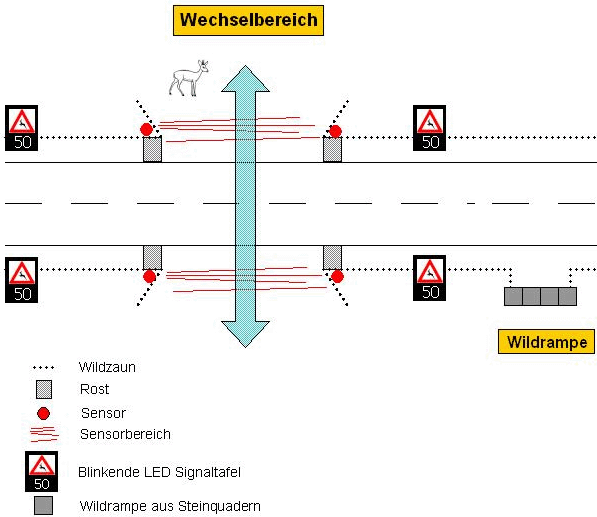Hi all,
An interesting article from Ars Technica, about the challenges of developing an in-car detection and avoidance system for kangaroos (and other macropods). Here's a link:
https://arstechnica.com/cars/2024/04/hazard-identification-software-cant-make-sense-of-kangaroos/
My favourite bit is that Volvo Australia's technical lead apparently referred to kanagaroos as "completely irrational animals"! Personally, I think this could also easily apply to a lot of Australian drivers!
I figure the main problem re: getting all this to actually work is that they didn't have access to the amazingly talented pool of AI brain power within the WILDLABS community! Go to it team!
There's also reference to the 'virtual fence' system @capreolus , which I thought you (and others) would find interesting...
Cheers,
Rob
3 April 2024 9:09pm
Thanks for the info Rob! Lot´s of research going on in this field. After decades of trying to warn the animals (first red reflectors which are not working with ungulates and now blue reflectors and sound) the two main approaches now are understanding where and when animals cross the streets (big data, telemtry data from GPS collared animals, remote sensing phenology and landscape structure) and warning the drivers (https://animot.eu/en/). Slowing down traffic via google maps or apple maps at the right time and place might be the most effectiv way of preventing wildlife collisions.
Benten, Anke, et al. "Wildlife warning reflectors do not mitigate wildlife–vehicle collisions on roads." Accident Analysis & Prevention 120 (2018): 64-73.
Brieger, Falko, et al. "Do roe deer react to wildlife warning reflectors? A test combining a controlled experiment with field observations." European Journal of Wildlife Research 63 (2017): 1-11.
Kämmerle, Jim-Lino, et al. "Temporal patterns in road crossing behaviour in roe deer (Capreolus capreolus) at sites with wildlife warning reflectors." PloS one 12.9 (2017): e0184761.
Brieger, Falko, et al. "Behavioural reactions to oncoming vehicles as a crucial aspect of wildlife-vehicle collision risk in three common wildlife species." Accident Analysis & Prevention 168 (2022): 106564.
Brieger, Falko, et al. "Effectiveness of light-reflecting devices: A systematic reanalysis of animal-vehicle collision data." Accident Analysis & Prevention 97 (2016): 242-260.
I did work with this system: lights and sounds activated by the sound of the car or train and/or the light of the headlights. The signal is then forwarded to the next sensor/sound transmitter:
Greetings from Austria to Australia (there are no roos in Austria ;-),
Robin
3 April 2024 9:20pm
The idea is not new. It has been tested twenty years ago:
short english summary:
https://www.fva-bw.de/fileadmin/scripts/forschung/wg/081014wildwarn_en.pdf


Rob Appleby
Wild Spy
4 April 2024 5:05am
Hi Robin,
Thanks for all that information! Yes the 'at-grade' crossing idea (the second message article summary you linked to) is a really good one I think. Going to try and encourage some trials here in the other Aus if I can.
Also, it's not completely true that you don't have kangaroos in Austria apparently (https://www.bbc.com/news/world-europe-45407767)...also, also, a note for the BBC here...that's a picture of a wallaby, not a kangaroo...just to be technical...
Cheers,
Rob












Robin Sandfort
Capreolus e.U.